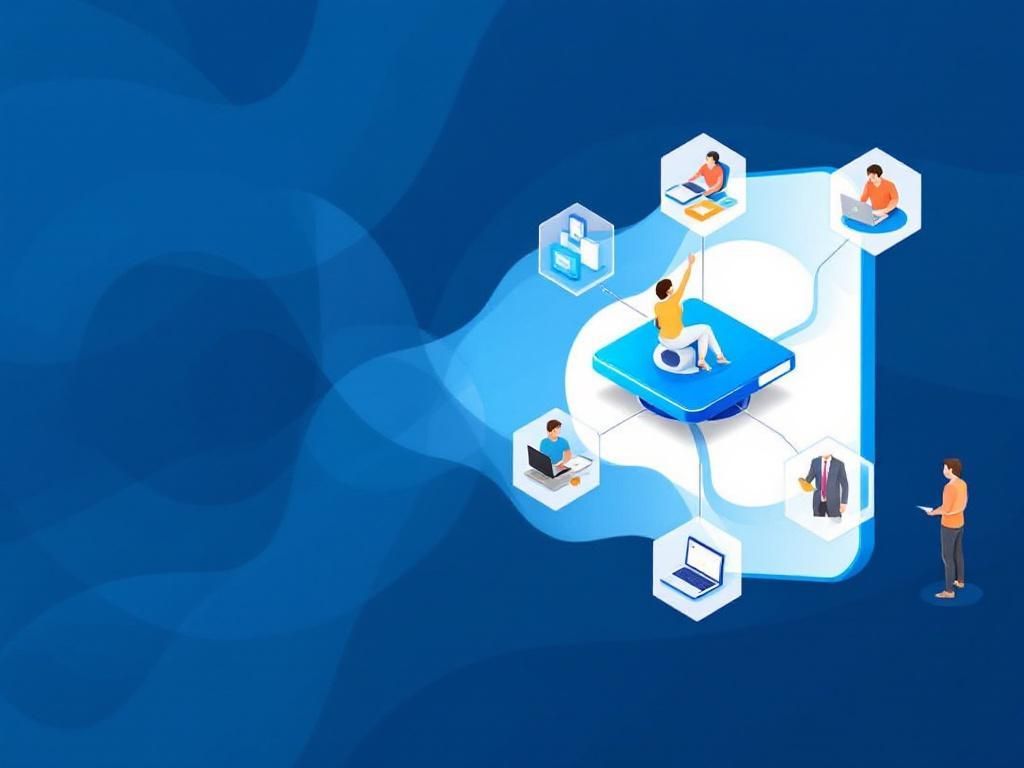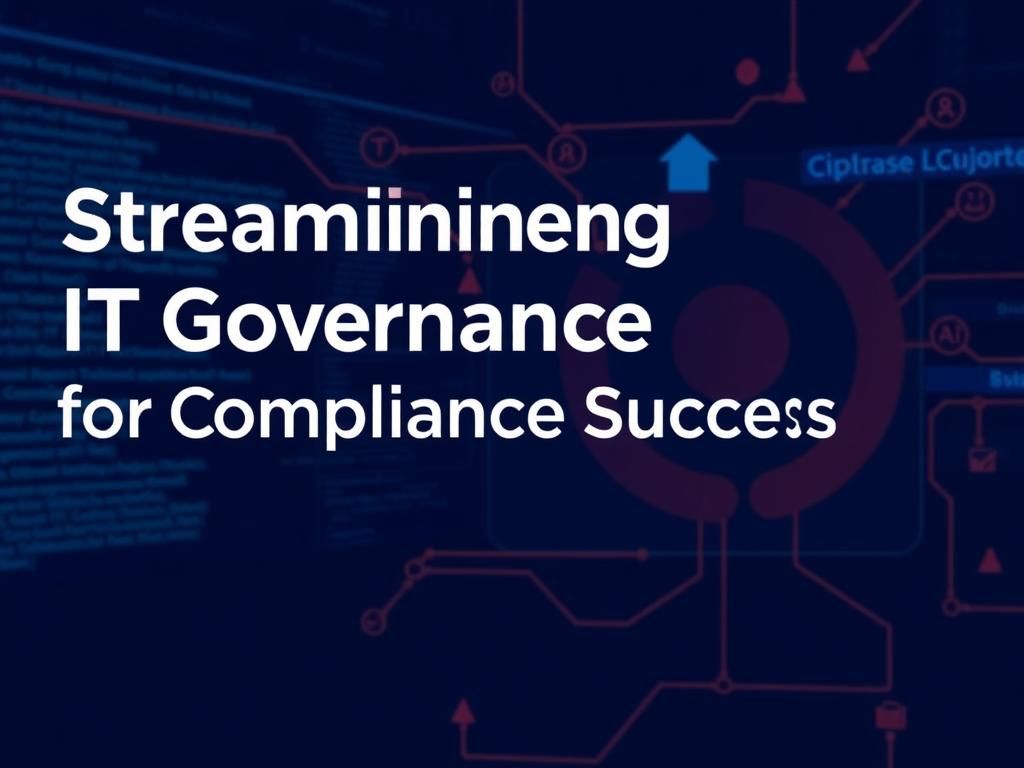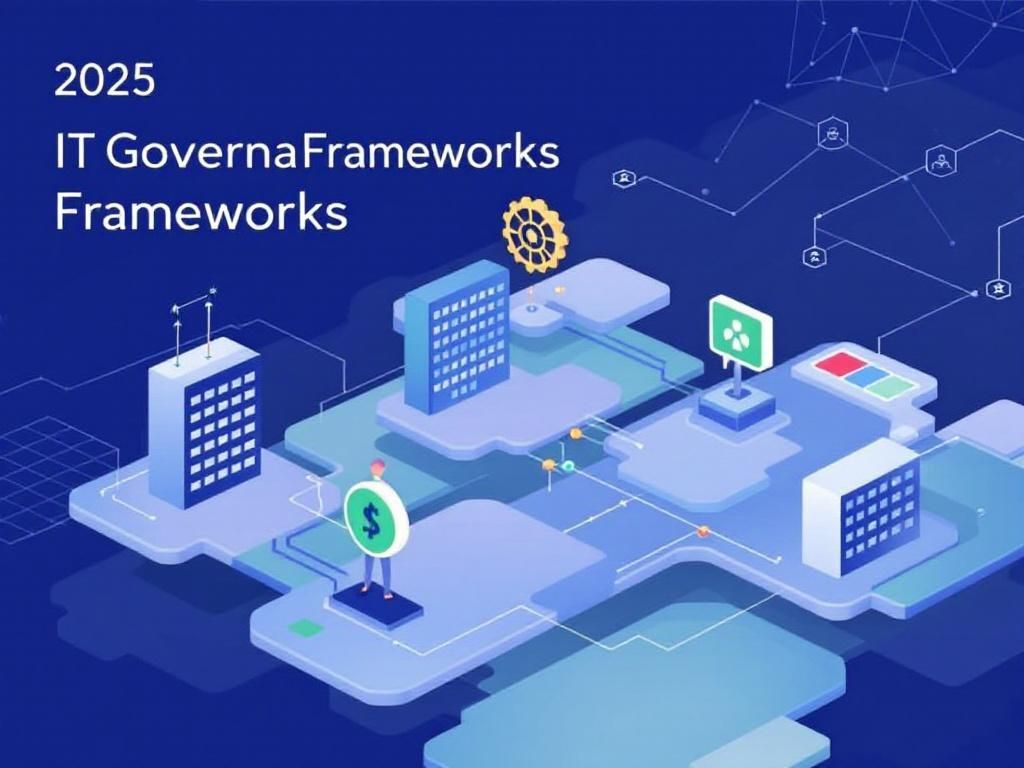Essential Best Practices for IT Governance Frameworks
Discover essential best practices for implementing effective IT governance frameworks to enhance organizational performance and compliance.

In today’s digital age, IT governance has become a critical component of organizational success. With the increasing reliance on technology to drive business operations, an effective IT governance framework ensures that IT investments align with business goals while managing risks and optimizing performance. This article delves into best practices for establishing a robust IT governance framework that not only enhances compliance and accountability but also supports innovation and agility.
Table of Contents
Understanding IT Governance
IT governance refers to the processes, structures, and relational mechanisms that ensure the effective and efficient use of IT in enabling an organization to achieve its goals. This includes decision-making processes that guide IT strategy and operations. The importance of IT governance can be summarized by its impact on:
- Strategic alignment of IT with business objectives
- Risk management and compliance
- Resource management and optimization
- Performance measurement and improvement
Key Components of an IT Governance Framework
An effective IT governance framework comprises several key components that collectively contribute to its success:
1. Policies and Procedures
Establishing clear policies and procedures is fundamental to an IT governance framework. These guidelines should define IT roles, responsibilities, and processes. Important elements include:
- Data management policies
- Security and privacy practices
- Change management procedures
- Incident response plans
2. Governance Structures
A well-defined governance structure facilitates accountability and oversight. This includes the establishment of governance bodies such as:
- IT steering committees
- Risk management committees
- Compliance oversight boards
3. Performance Metrics
To measure the effectiveness of IT governance, organizations should develop and monitor key performance indicators (KPIs) that reflect alignment with business objectives. Examples of relevant KPIs include:
| Metric | Description |
|---|---|
| IT Spending as a Percentage of Revenue | Measures the proportion of revenue allocated to IT investments. |
| Project Success Rate | Tracks the percentage of IT projects that meet their objectives within budget and time constraints. |
| Compliance Rate | Measures the level of adherence to internal policies and external regulations. |
Best Practices for Implementing an IT Governance Framework
1. Assess and Align with Business Goals
Start by evaluating the organization’s strategic objectives and aligning IT governance initiatives with these goals. This ensures that IT resources and investments directly contribute to business success. Steps include:
- Conducting stakeholder interviews to understand business priorities
- Mapping IT initiatives to business objectives
- Establishing a continuous feedback mechanism to refine alignment over time
2. Engage Stakeholders
Engaging stakeholders across the organization is crucial for the effective implementation of an IT governance framework. This involves:
- Identifying key stakeholders from various departments
- Fostering open communication channels for collaboration
- Encouraging participation in governance bodies and decision-making processes
3. Emphasize Risk Management
Integrating risk management into the IT governance framework is vital for identifying, assessing, and mitigating risks associated with IT projects and operations. Actions include:
- Conducting regular risk assessments
- Developing risk response strategies
- Establishing a risk management culture across the organization
4. Leverage Technology
Utilize technology solutions to enhance IT governance capabilities. Tools such as governance, risk, and compliance (GRC) platforms can help automate processes, manage documentation, and improve reporting. Benefits of leveraging technology include:
- Improved data accuracy and availability
- Streamlined compliance tracking
- Enhanced analytics for better decision-making
5. Continuous Improvement
An effective IT governance framework is not static; it should evolve to meet changing business and technological landscapes. Implement a continuous improvement process that includes:
- Regular reviews of governance policies and structures
- Feedback mechanisms to gather insights from stakeholders
- Benchmarking against industry best practices and standards
Challenges in IT Governance
While implementing an IT governance framework provides numerous benefits, organizations may encounter specific challenges, including:
- Resistance to change among employees
- Lack of adequate resources or expertise
- Difficulty in measuring the effectiveness of governance initiatives
- Complexity of regulatory requirements
Conclusion
Establishing a successful IT governance framework is essential for organizations seeking to harness the power of technology while managing associated risks. By adhering to best practices such as aligning with business goals, engaging stakeholders, emphasizing risk management, leveraging technology, and committing to continuous improvement, organizations can create a robust governance structure that not only supports operational efficiency but also drives strategic growth and innovation.
FAQ
What are the best practices for implementing an IT governance framework?
Best practices for implementing an IT governance framework include aligning IT goals with business objectives, ensuring stakeholder engagement, establishing clear policies and procedures, regularly reviewing and updating the framework, and leveraging metrics to measure effectiveness.
How can organizations ensure compliance in their IT governance frameworks?
Organizations can ensure compliance in their IT governance frameworks by conducting regular audits, keeping abreast of regulatory changes, providing training for staff on compliance requirements, and implementing robust monitoring and reporting mechanisms.
What role does risk management play in IT governance frameworks?
Risk management plays a critical role in IT governance frameworks by identifying, assessing, and mitigating risks associated with IT operations, ensuring that the organization’s assets and data are protected while supporting strategic goals.
Why is stakeholder engagement important in IT governance?
Stakeholder engagement is important in IT governance because it ensures that all relevant parties are involved in decision-making processes, which enhances transparency, improves buy-in for governance initiatives, and aligns IT strategies with the needs of the business.
What are some common challenges faced in IT governance?
Common challenges faced in IT governance include lack of clarity in roles and responsibilities, resistance to change from staff, insufficient resources for implementation, and difficulties in measuring the performance of governance initiatives.
How often should an IT governance framework be reviewed and updated?
An IT governance framework should be reviewed and updated at least annually, or more frequently if there are significant changes in the business environment, technology landscape, or regulatory requirements.








